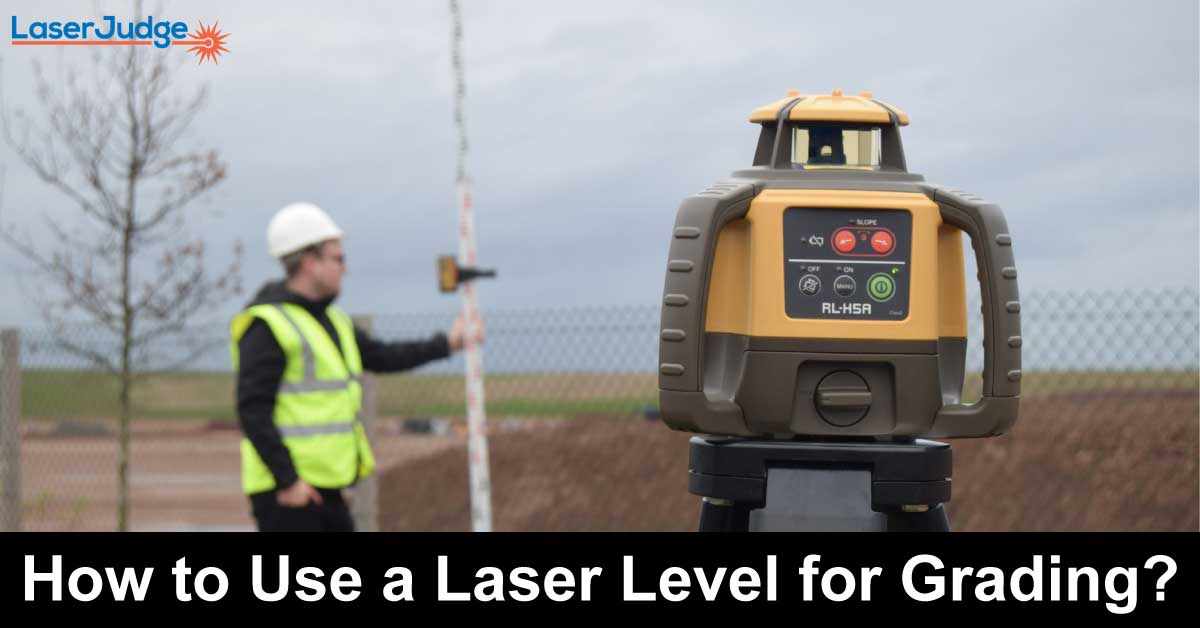Electric fence is used for the purpose of safety of your property, home, and animals. A large number of animals can be kept in tight spaces with the help of an electrical fence, which eliminates the need to build a large barrier. Electric fences can sound terrible, the electricity passing through them has no real effect other than to prevent people and animals from climbing over the fence.
A multimeter can be used to test the fence’s electrical properties. While a voltmeter is specifically designed for an electric fence, a multimeter can serve the same function.
Therefore, today you will know how to test an electric fence with a multimeter.
Table of Contents
So, What is Electric Fence?
Electric fences are a type of barrier that protects your house, animals, property, or other assets by keeping out intruders. When managing pasture or grazing, an electric fence is ideal because it keeps animals restricted to the designated area of farmland or meadow. There are several parts that consist of an electric fence:
- Energizer (generates a current pulse).
- Conductor (a plastic wire which conducts power).
- posts (uses for placement of the conductor).
- Insulators (protects the electricity from metal or wooden posts).
- Earthing (generates a loop by conducting the electricity back to the energizer).
What Is the Process of Working an Electric Fence?
An energizer in the electric fence converts mains or battery electricity into a high-voltage pulse that the fence can detect. Every second, this energizer sends a pulse through the insulated fence line. It’s a very brief pulse with a little over 150 microseconds.
Electric fences emit a pulse known as the “shock” and any animal that touches them will feel it. As soon as an animal touches the electric fence, the circuit is complete and the animal will just feel the shock at this moment.
Electric fences are a psychological barrier as well as a physical barrier because they teach animals to respect the fence. The fence does not damage the animals, but it does give them some discomfort if they come into contact with it. It’s still preferable in comparison to a fence constructed of barbed wire, which causes serious wounds and long-term pain.
How to Measure the Current of an Electric Fence?
A current tester will measure the flow of current in your electrical circuit to find out how much power is being used. To measure electric current, the International System of Units uses the ampere (A). When determining amperage, an ammeter is used, however, a multimeter can be used instead which performs the same purpose as an ammeter.
A multimeter has three basic tasks including the ability to measure current, any model of the multimeter can be used to perform the measurement procedure. The multimeter will make it simple for you to check the current, but there are still a few considerations to keep in mind to avoid damaging your equipment.
your multimeter would be damaged due to a lack of knowledge on the proper setting for current measurement. You must follow some fundamental steps in order to correctly measure.
Procedure one: The range of measurements must be set before you can proceed. The measurement range must be set. The right range for your multimeter should always be selected while using it (A, 10A, mA, etc.). The controller’s tip should point to the equivalent inscription on the edge that is why the central selection switch needs to be adjusted.
Procedure two: The circuit must first be unlocked and then opened. First, you must open the circuit to be tested so that it can loop back to your measuring device. However, before you open the circuit to measure, ensure that all power has been turned off in it.
Procedure three: Afterward, connect the test leads and turn the circuit down. If your multimeter’s test leads are already attached to the circuit, you can use the device to re-close the circuit.
The black (-) pole wire should be plugged into the COM connector, and the red (+) pole cable should be plugged into the INPUT connector for amps. The power supply has been restored when the current goes directly into the unit and prepares it for measurement.
Procedure four: Now the amps can be measured and you can read the power in amperes directly from the display of the multimeter.
Putting the Electric Fence to the Test
High voltage is found in an electric fence that’s why a special testing apparatus is required. Electric fences use voltmeters, which are made particularly for measuring the voltage across the fence’s wire.
Multimeters can be used as a substitute for voltmeters if the latter is not available. It is possible to measure the potential difference, current, and resistance of an electric circuit directly by using a multimeter.
Voltmeters and multimeters can only work if there is electricity present in the circuit. Additionally, the two devices are capable of sensing volt or millivolt potential changes between two points in an electric circuit. As with other electronic devices, there are digital and analog variations available.
Conclusion
An electric fence can be tested using a multimeter to check its functionality. If you know how to test an electric fence with a multimeter on a regular basis.
In order to better security for your garden or animals, you may want to consider installing an electric fence as a psychological barrier. It can cause discomfort in animals and even people, but it has no impact on the physical because it just raises their pulse with a “shock.”
You can check the fence’s electrical with a multimeter. While a voltmeter is specifically designed for an electric fence but a multimeter can also perform a similar job and work the same way with your electric fence. All you’ll have to pay attention to the instructions and take accurate measurements. You will only need to read carefully and do the measuring in a proper way.
Always Feel Safe!


